Scrumptious Singapore: 10 must-try local eats in the original foodie heaven
It’s hard to keep this list down to ten, seriously, because Singapore offers such a plethora of options for worshippers at the altar of the palate. It’s also a gastronomic crossroad, since recipes from Chinese and Indian kitchens found their way into the original Malay culinary culture, while the colonial influence of the British also left its imprint on local food traditions. Lived there for three years and would brave the terrific humidity for three more, only for the food! Here are my absolute top faves, working upwards from Number 10:
10) Pulut Inti
Yes, I’m starting with something sweet.  The Pulut Inti falls broadly into the Nonya kueh category: small, usually steamed, snack foods. Keuhs can be sweet or savoury, but the primary taste is towards sweetness even in the savoury kuehs. Kuehs are also often brightly coloured. The Pulut Inti has an improbably blue, pandan leaf flavored, glutinous rice base – old recipes call for the Bunga Telang or Blue Pea Flower to get just that blue – with a generous topping of coconut cooked in gula melaka, a local variant of date palm jaggery. Mmmm.
The Pulut Inti falls broadly into the Nonya kueh category: small, usually steamed, snack foods. Keuhs can be sweet or savoury, but the primary taste is towards sweetness even in the savoury kuehs. Kuehs are also often brightly coloured. The Pulut Inti has an improbably blue, pandan leaf flavored, glutinous rice base – old recipes call for the Bunga Telang or Blue Pea Flower to get just that blue – with a generous topping of coconut cooked in gula melaka, a local variant of date palm jaggery. Mmmm.
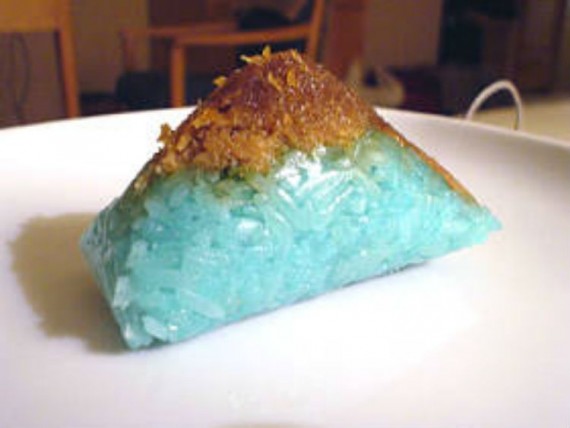
9) Fried Carrot Cake
Aka Chai Tow Kway, and not really a cake at all – it’s savoury and comes all crumbled – nor does it use carrots: what goes in is the daikon, a variety of radish. But – confusion with nomenclature notwithstanding! – a rich and filling super-snack.
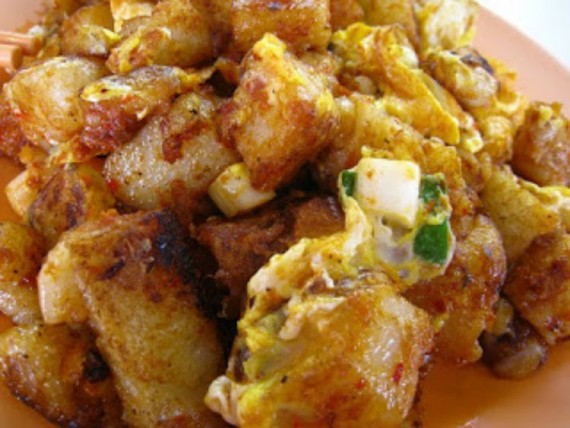
8) Char Kway Teow
Not to be confused, mind, with Char Tow Kway above.  This is a Singapore classic: flat rice noodles stir fried with belachan (shrimp paste), soy sauce, Chinese chives and Chinese cockles.
This is a Singapore classic: flat rice noodles stir fried with belachan (shrimp paste), soy sauce, Chinese chives and Chinese cockles.
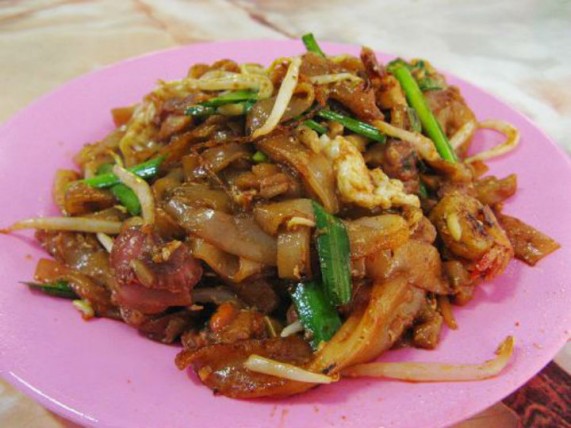
7) Otak Oak
A fabulously delicious version of a fish cake: ground fish spiced with chilli powder, turmeric and curry powder is wrapped in banana leaves and grilled. Can be eaten as a snack or with rice as a meal. Totally addictive; can’t remember how many times I picked up a couple after a round of grocery shopping at the nearby wet market.
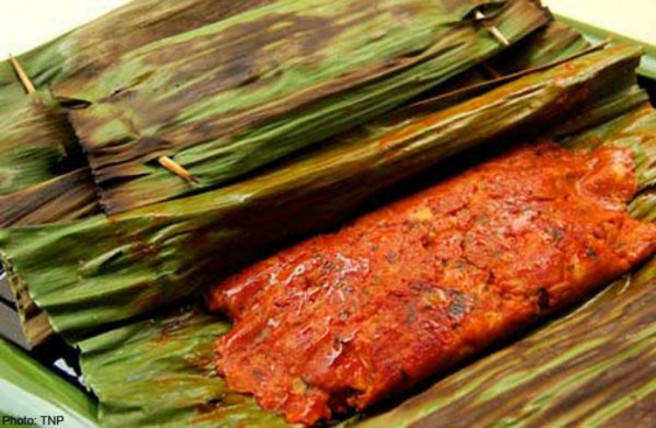
6) Rendang
A sinfully rich and painstakingly slow-cooked caramelized beef or lamb curry, typically served at special Malay occasions. The combination of spices is very complex and subtle, and the dish is usually accompanied by ketupat (rice cakes) or lemang (glutinous rice cooked inside pieces of bamboo.)
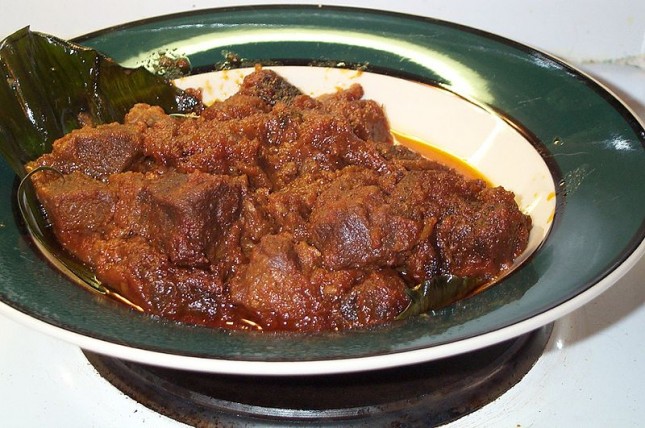
5) Fried Fish Bee Hoon
A quick-and-easy hawker dish, this, when compared with the patient grandmotherly dedication that the rendang above represents. But served fresh and hot, the fish still crisp and just beginning to soak in the soup, the fine noodles floating tantalizingly away from the fork, and scooped up eventually with an adept soup spoon, Fried Fish Bee Hoon was one of my staples at one or other of Singapore’s famous hawker centres/food courts.
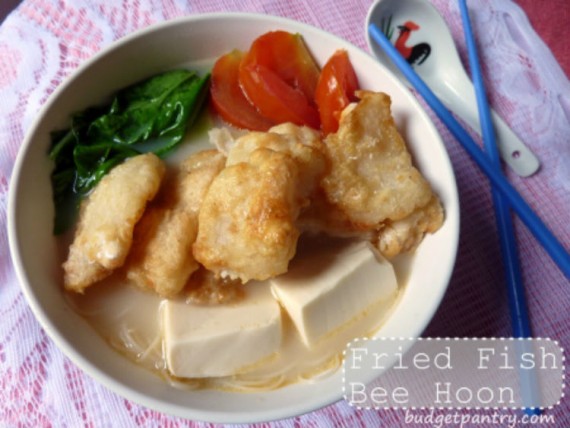
4) Nasi Lemak
You could call this the Malay national dish, this fragrant any-time-of-day rice treat. Cooked in aromatic pandan leaves, it is served with a dozen possible accompaniments, including lamb or chicken curry, fried anchovies, peanuts, slices of egg and cucumber and hot chilli paste.
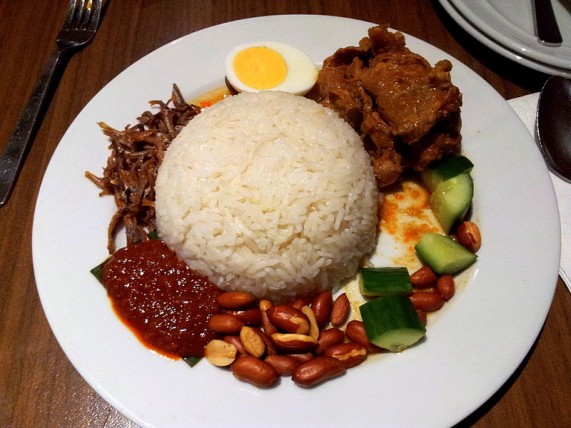
3) Laksa
One of the triumphs of the hybrid Peranakan cuisine on the Malay peninsula, this is a spicy vermicelli/noodle soup of which there are several variants. My favourite – partly because we lived on the East Coast – was the Katong Laksa, rich with the flavours of rempah spices, coconut milk, prawns and cockles, often garnished with boiled eggs, slices of fish ball and bits of tofu puff.
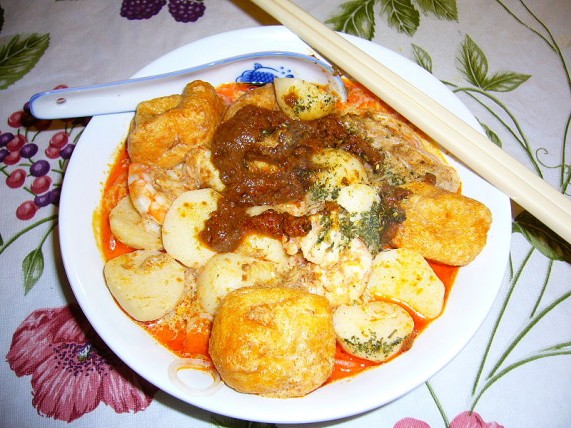
2) Xiao Long Bao
I can only describe these dumplings as a minor miracle. At their best, petal-soft, almost translucent skins encase perfectly done meat, and the kicker: there’s a tiny spoonful of soup inside – inserted as a gelatinous drop – that melts on steaming and bursts onto your tongue when you break the skin. Best eaten with chilli oil, soy sauce and fine, salty juliennes of garlic.
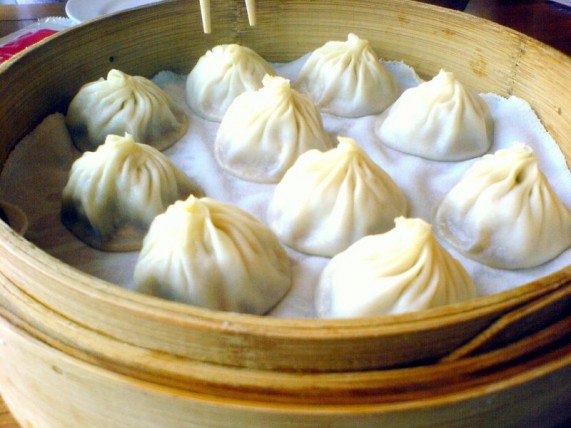
1) Chili Crab
And, at the top of my list, without a doubt, is that grand old Singapore favourite, Chilli Crab. This tangy yet slightly sweetish tomato sauce-based delight is mopped up with small buns. Your server will give you a paper bib in most places, so don’t mind your table manners; the happiest eaters are also the sloppiest in this case! And probably in every other case. 
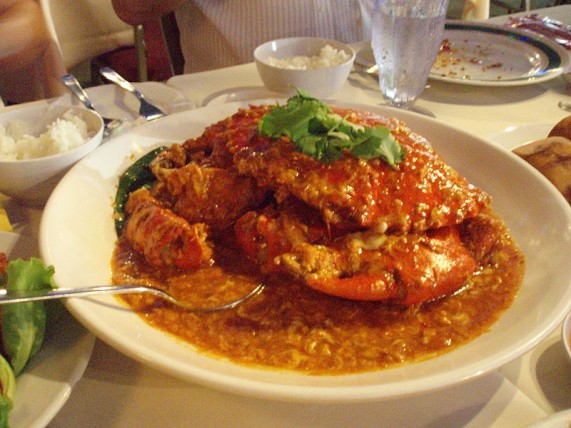

OMG-inducing, share-compelling, like-attracting, clutter-breaking, thought-provoking, myth-busting content from the country’s leading content curators. read on...
